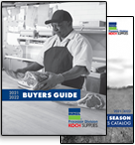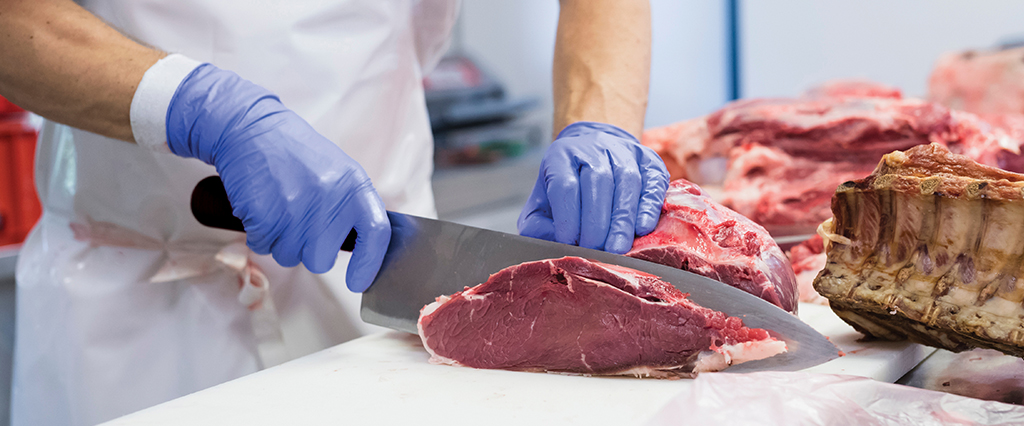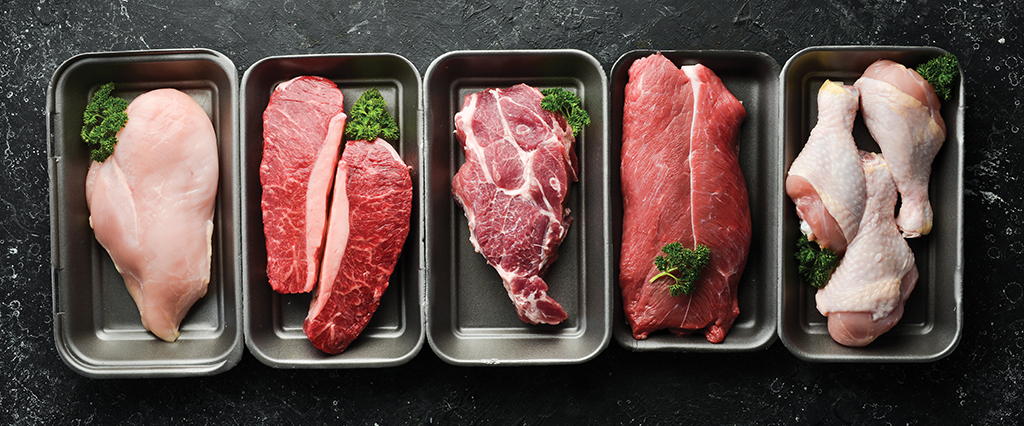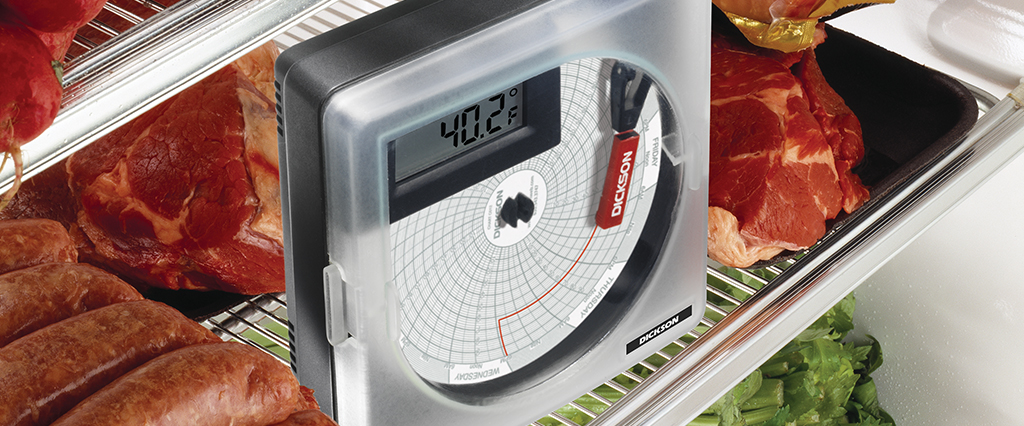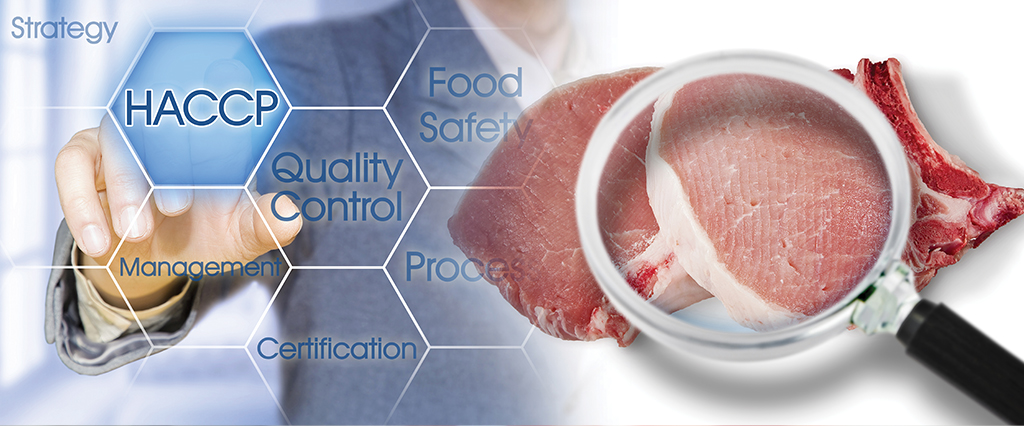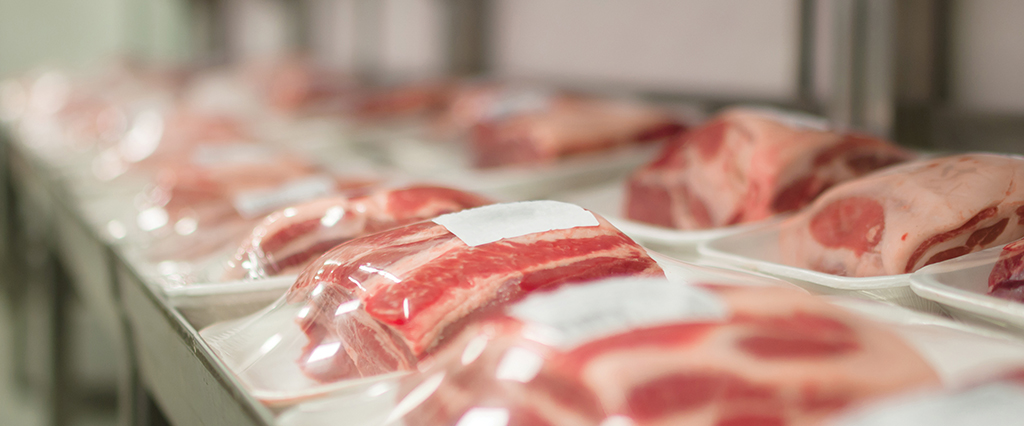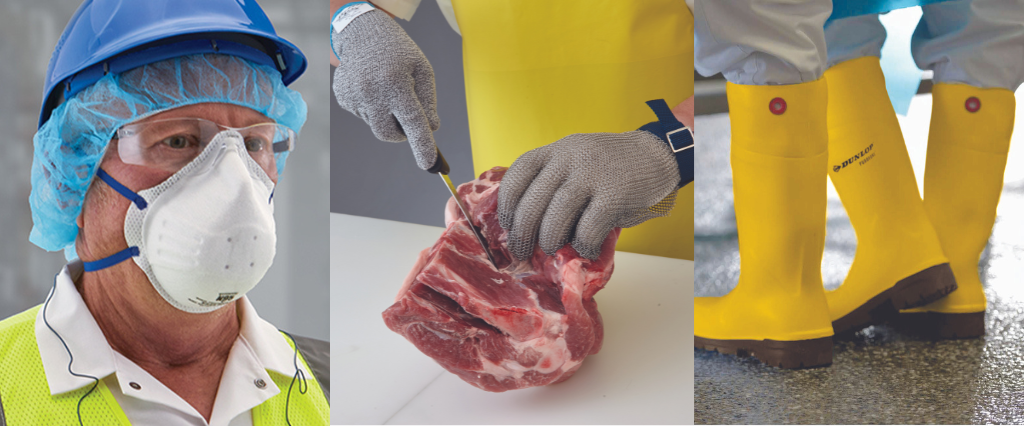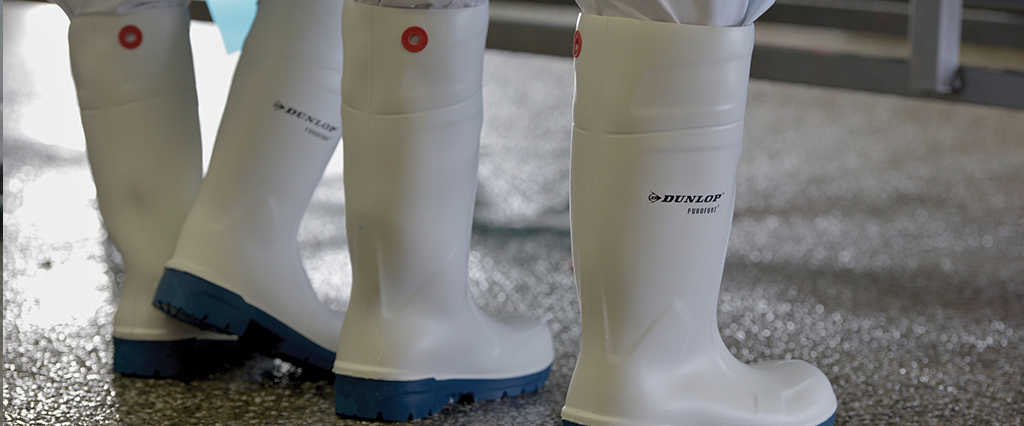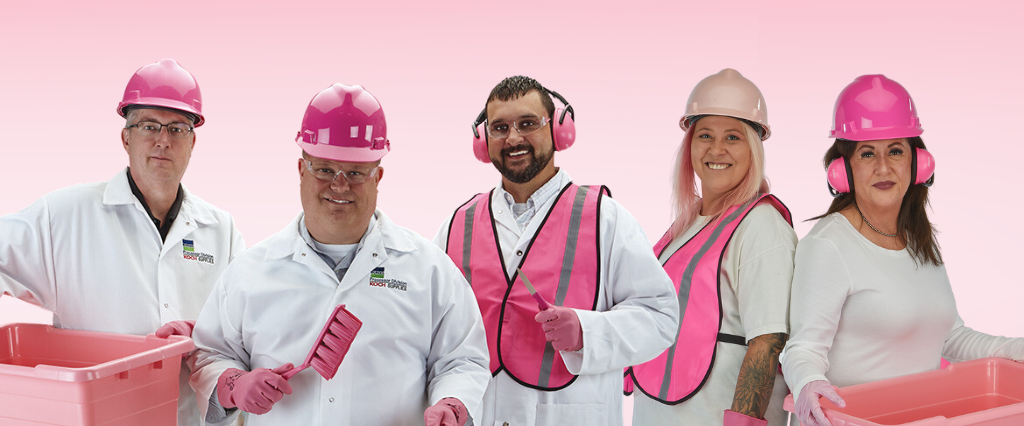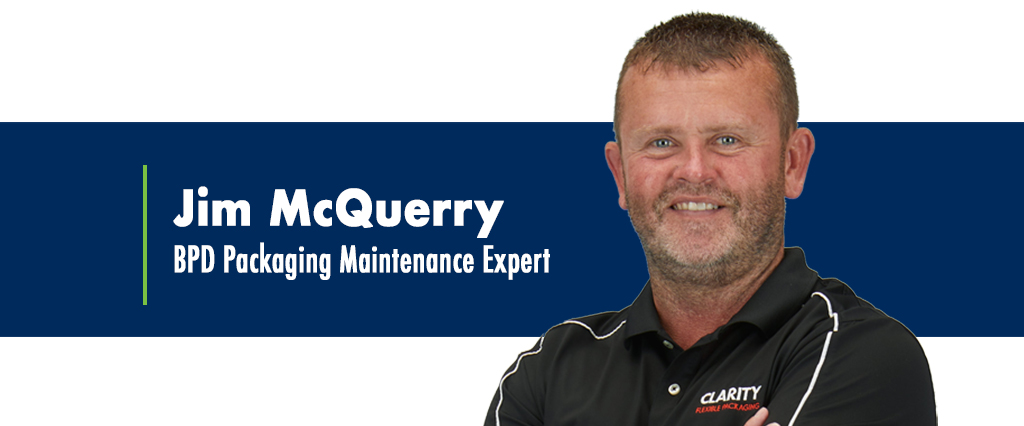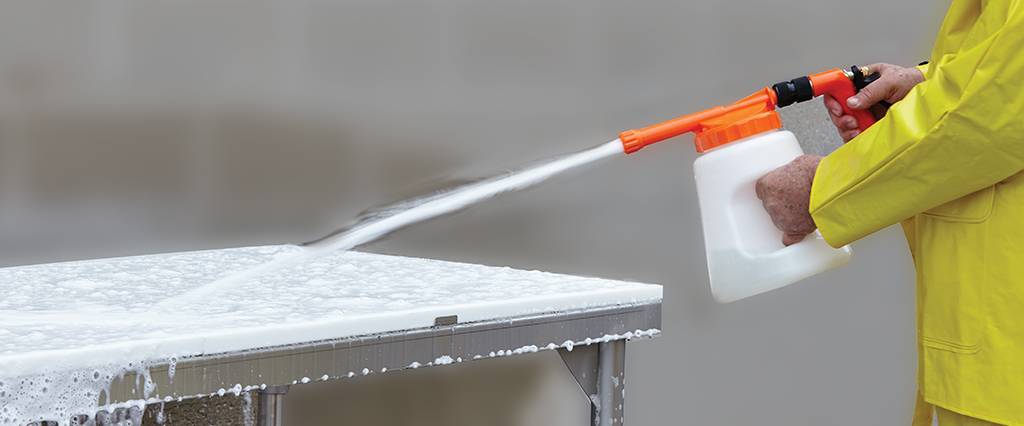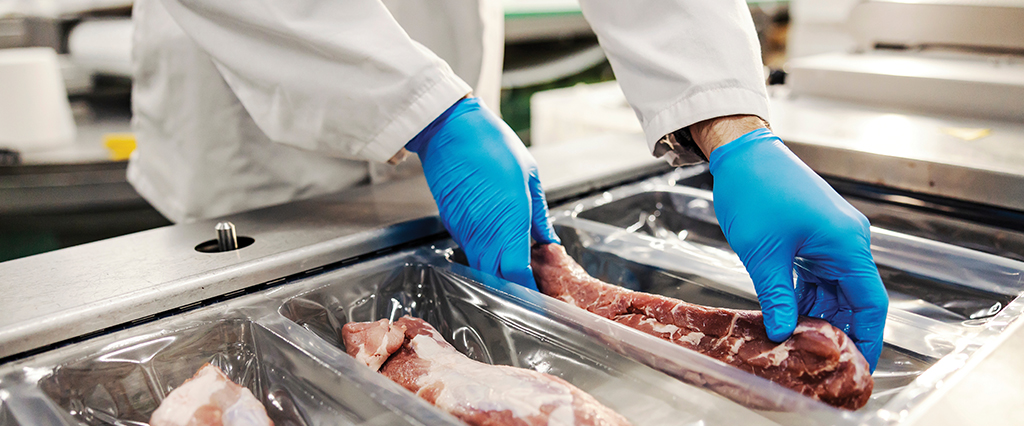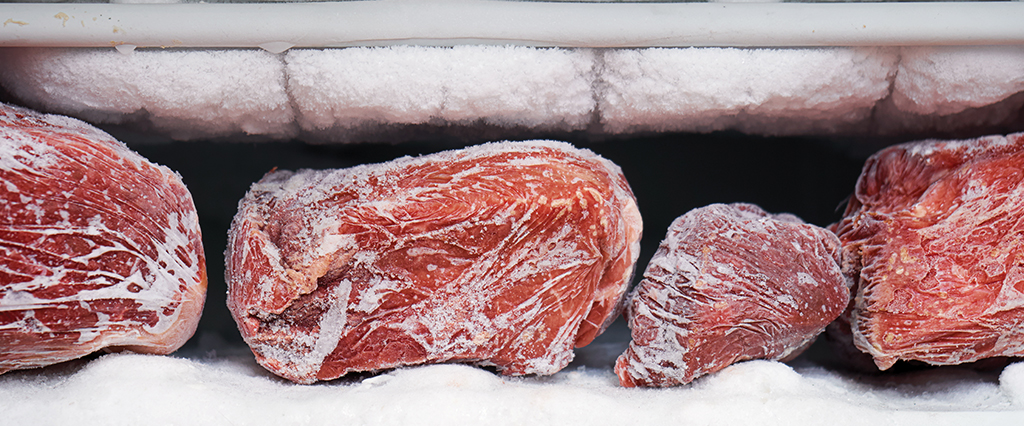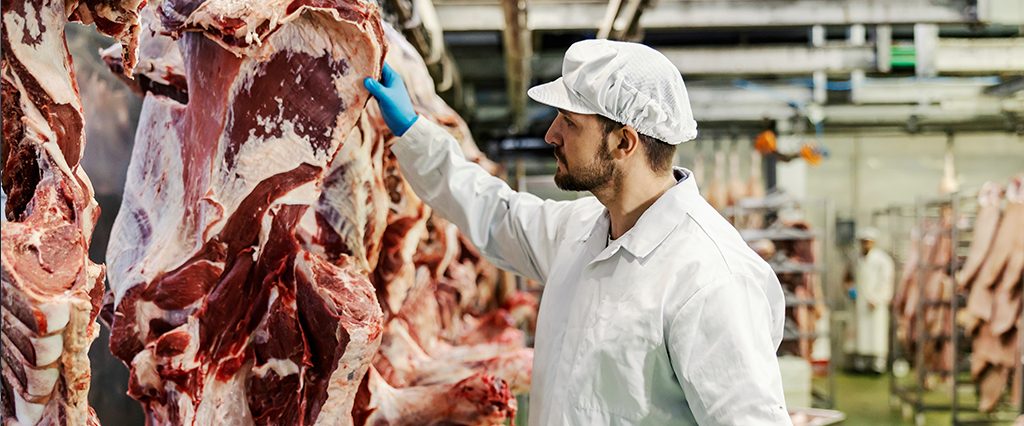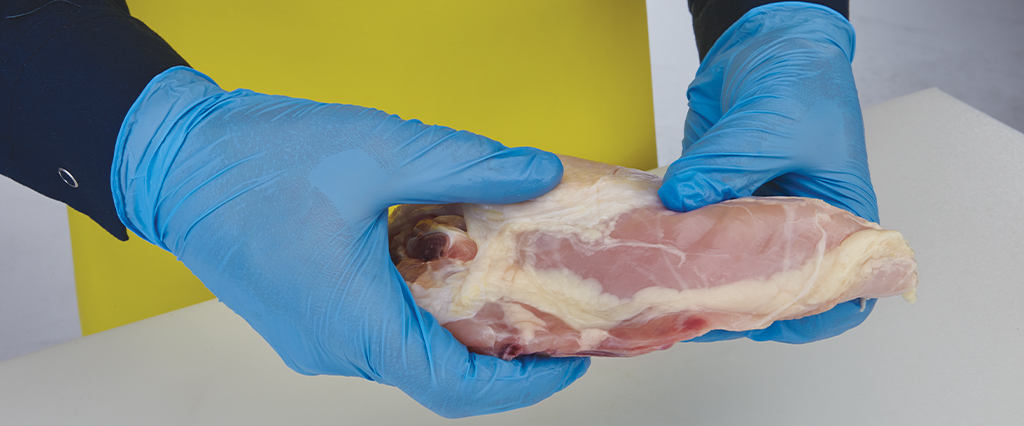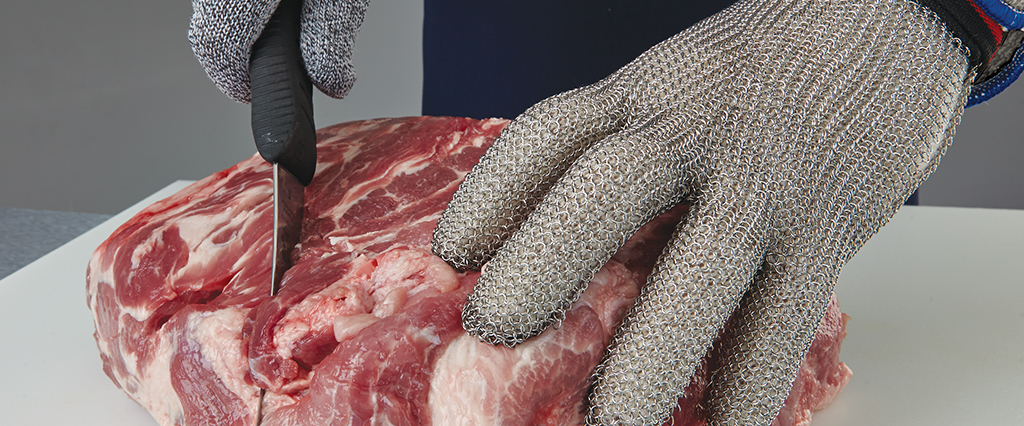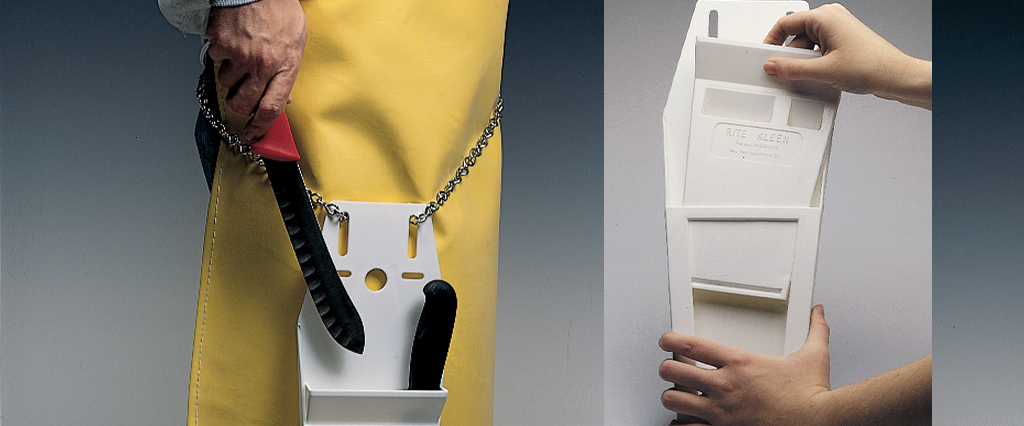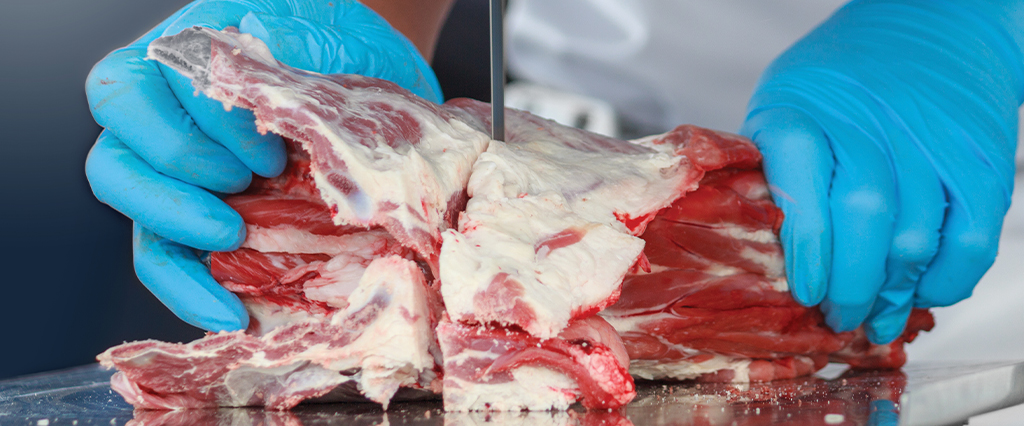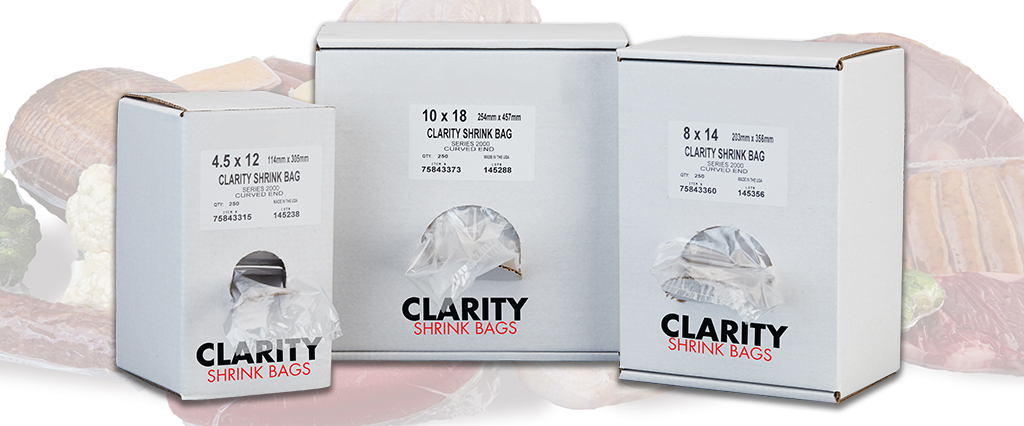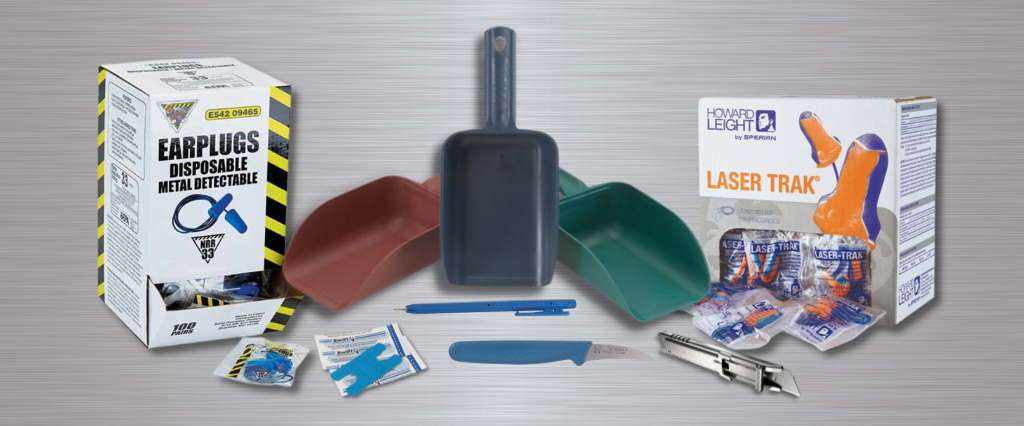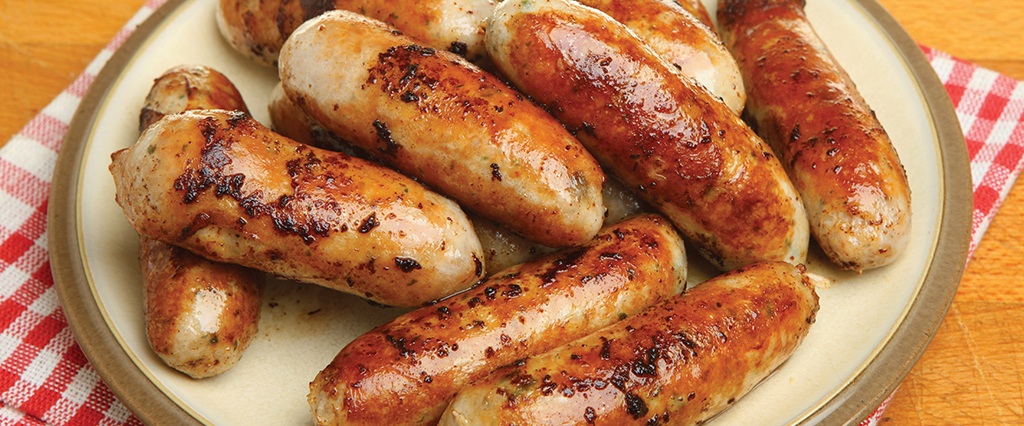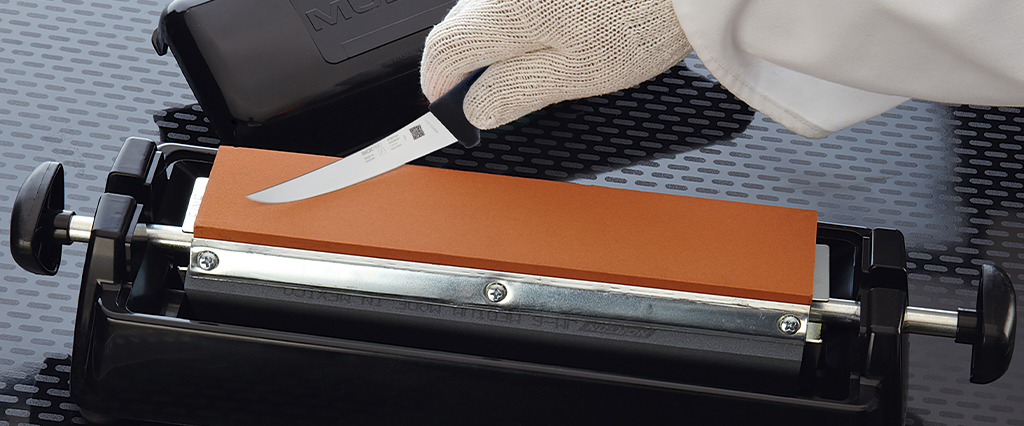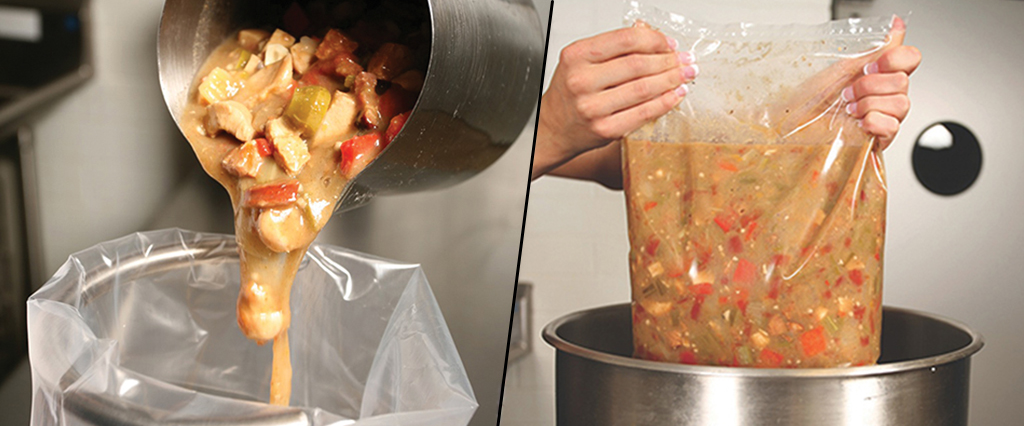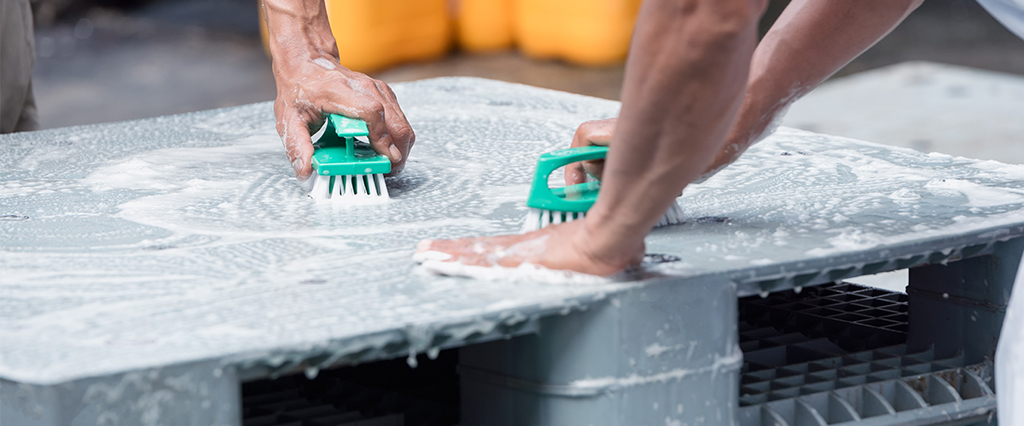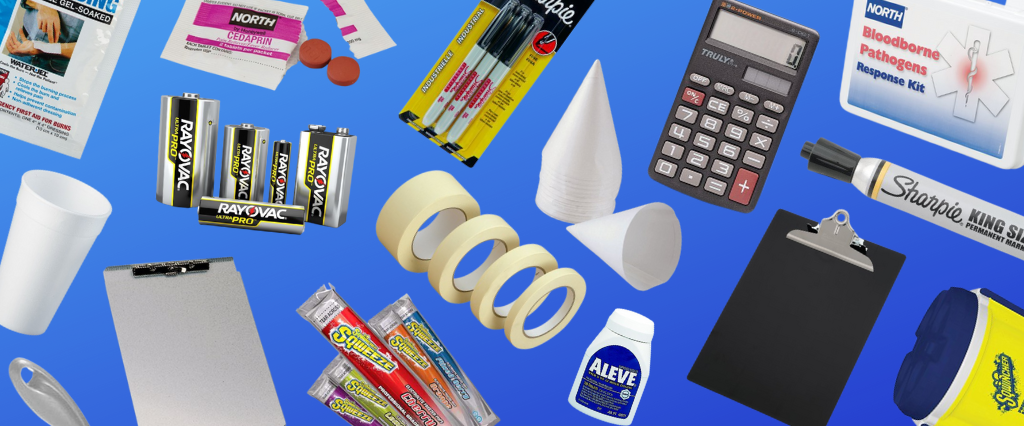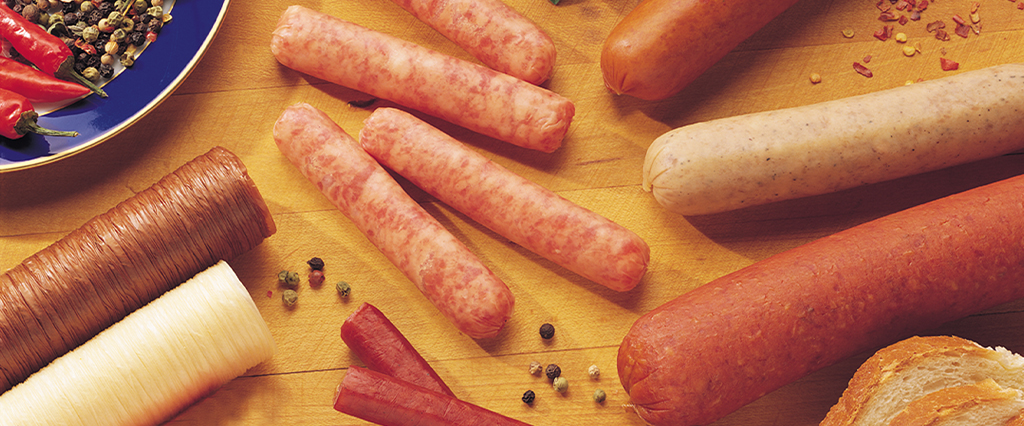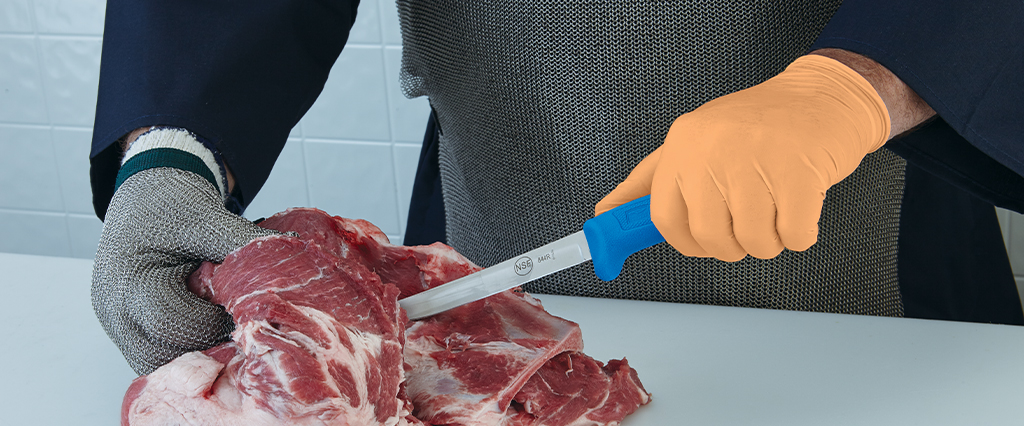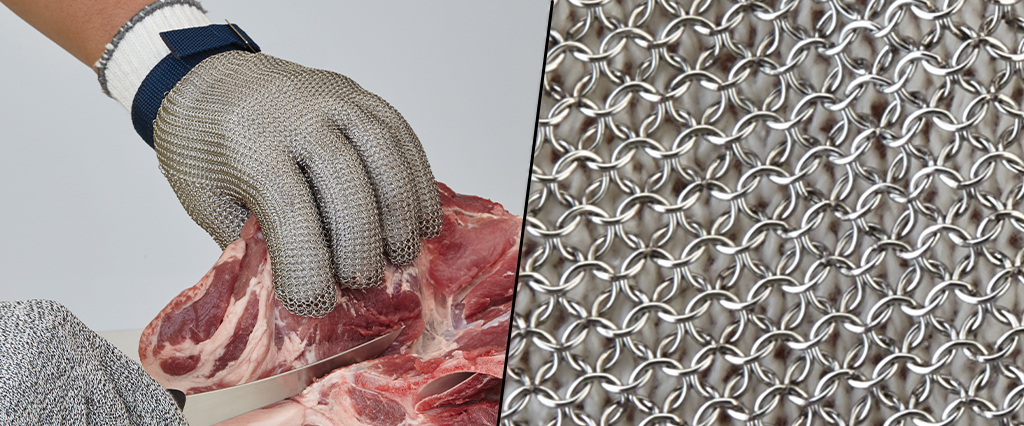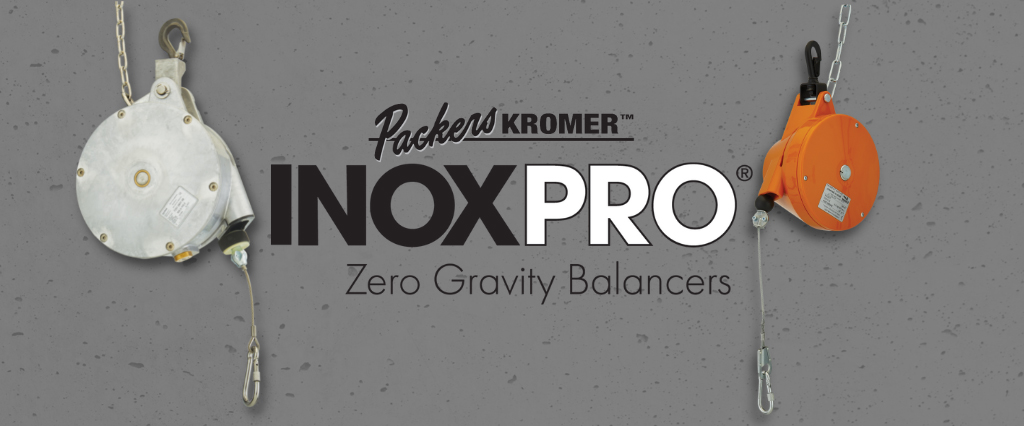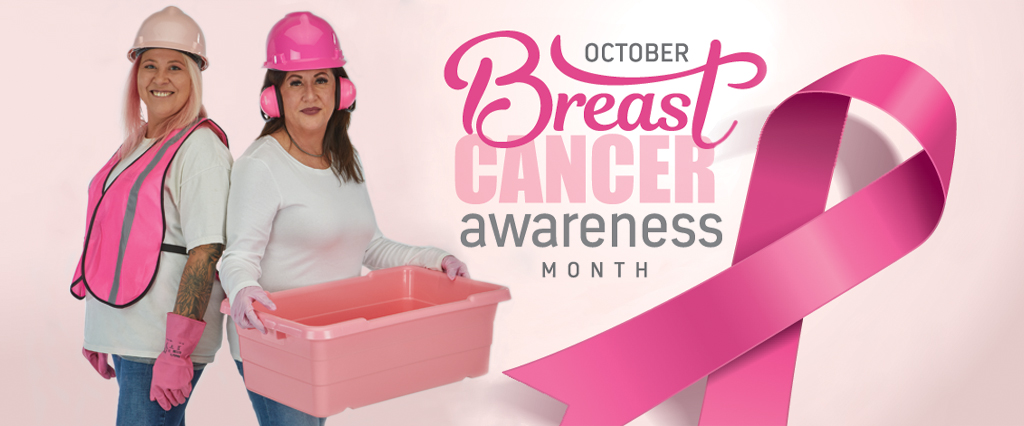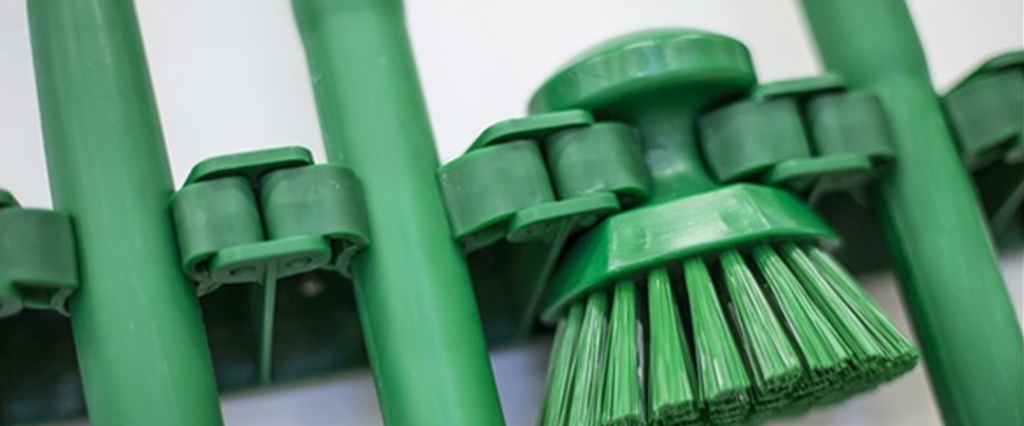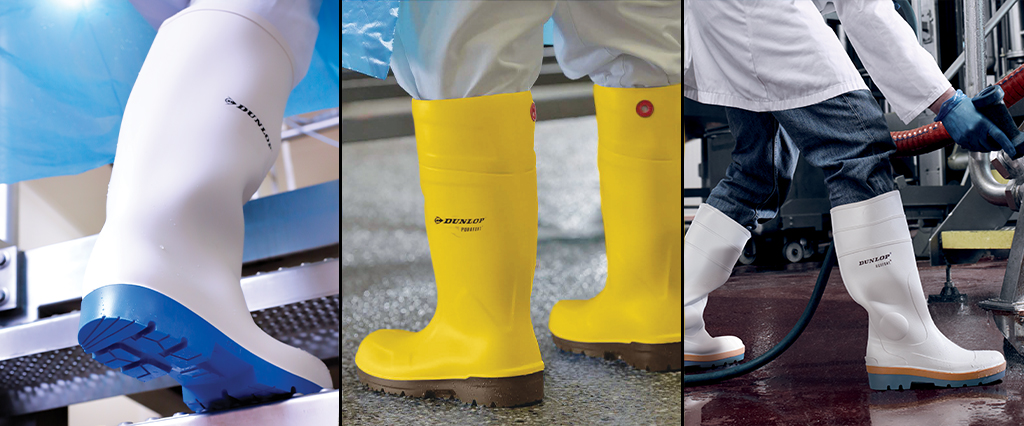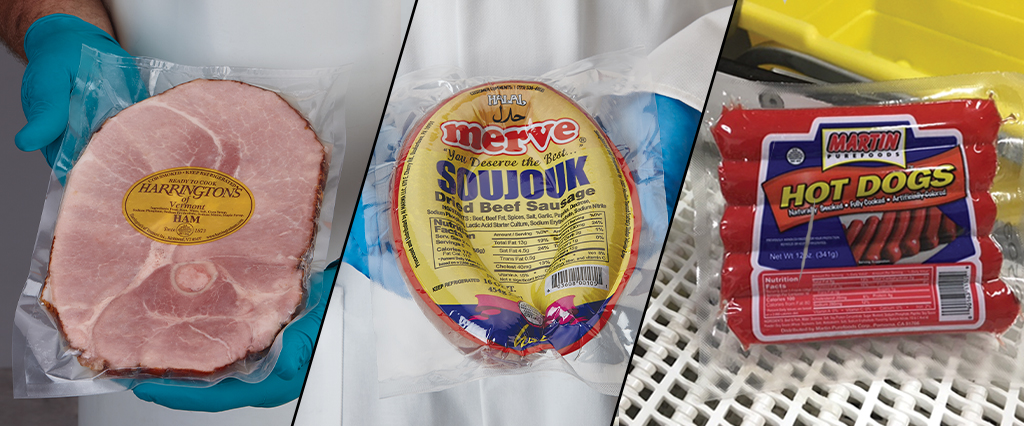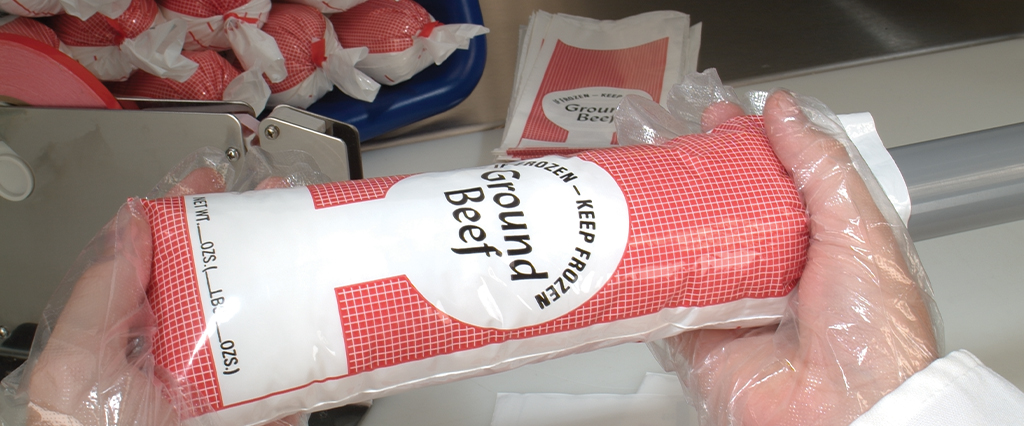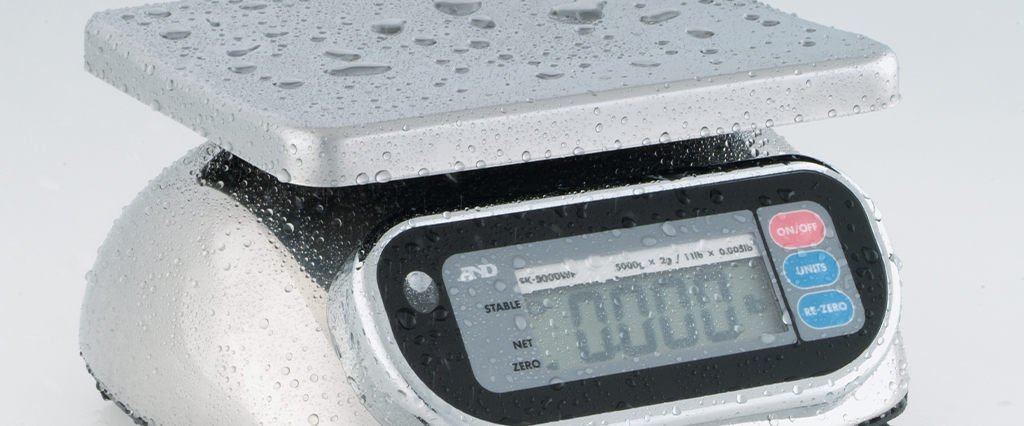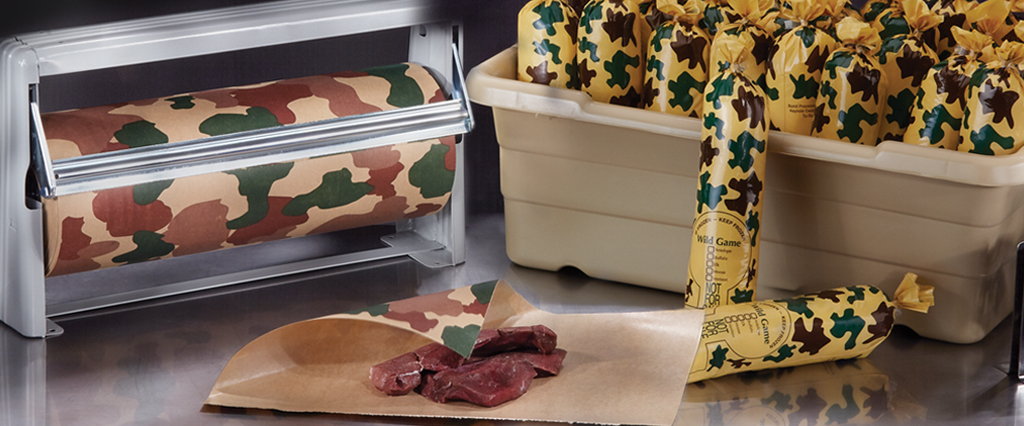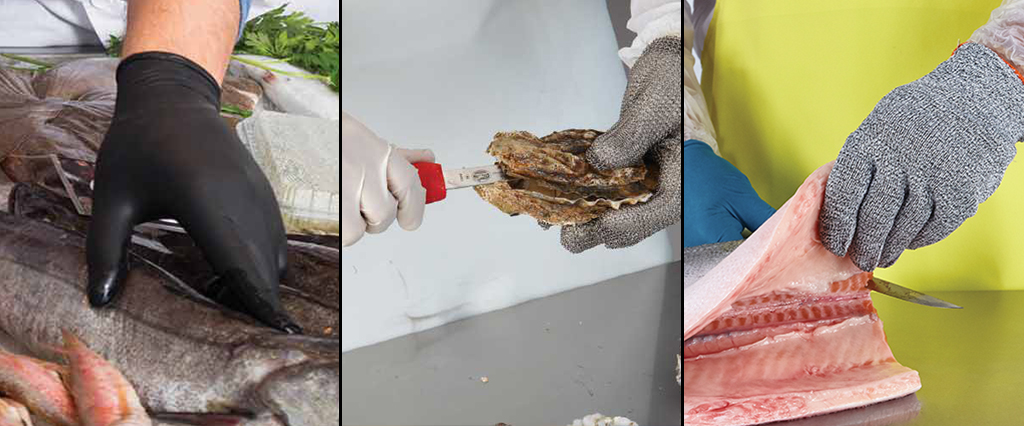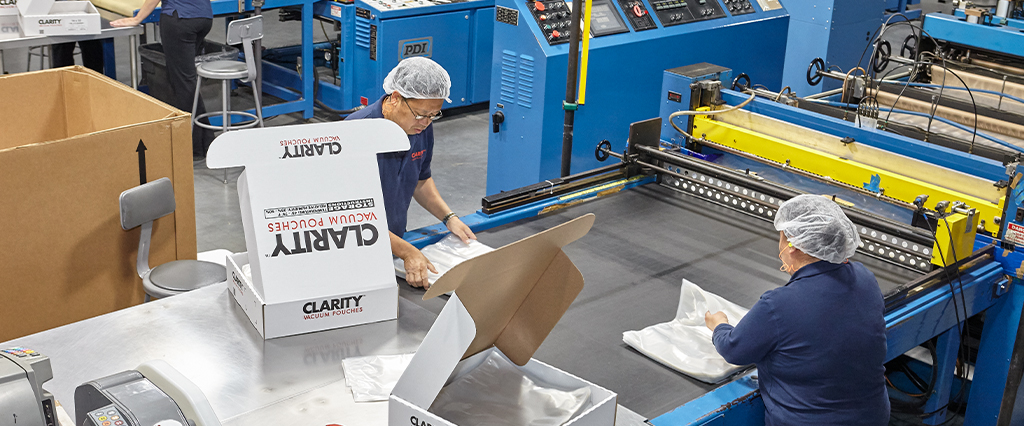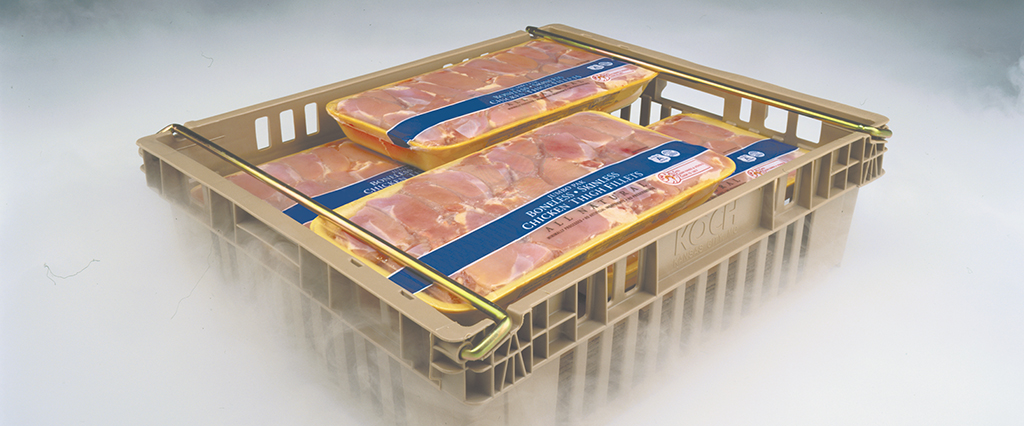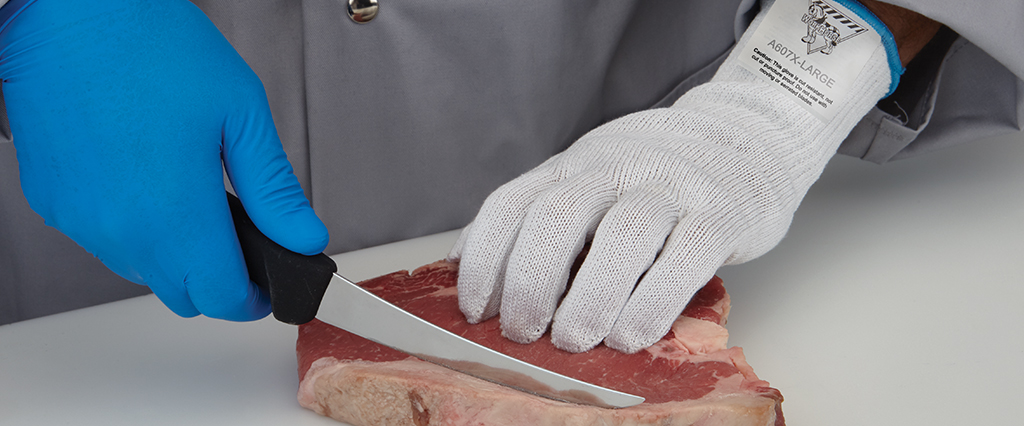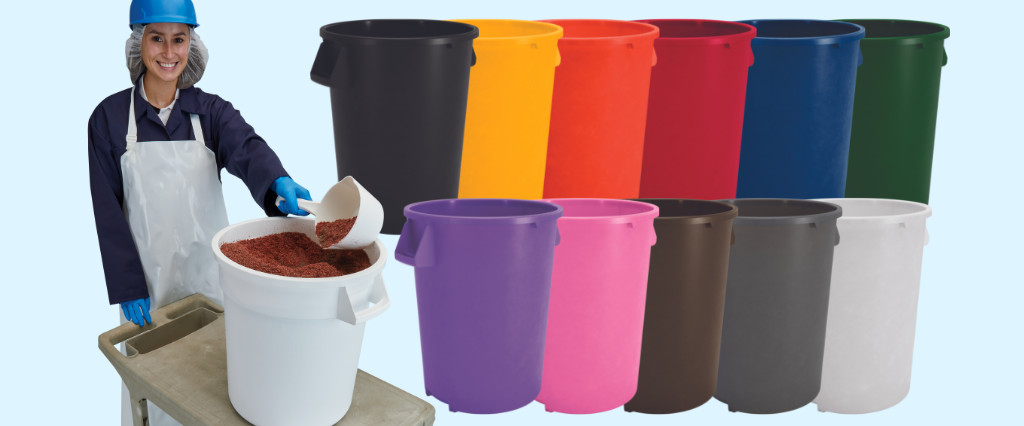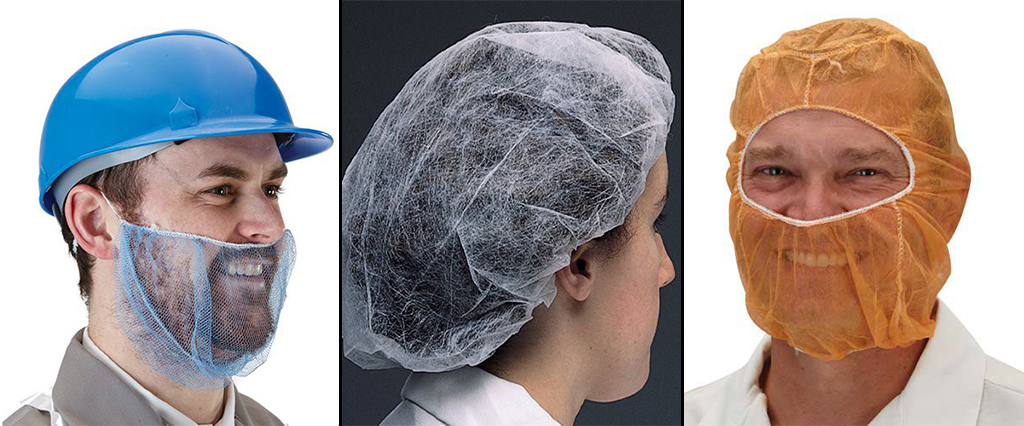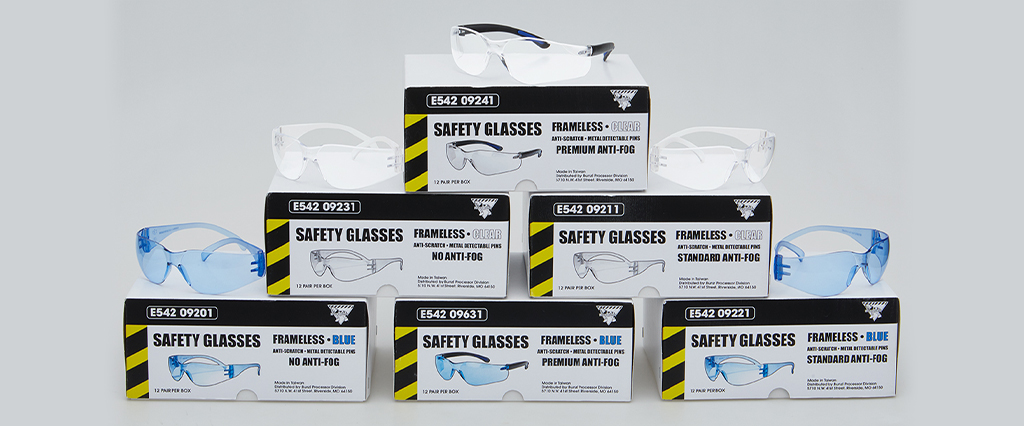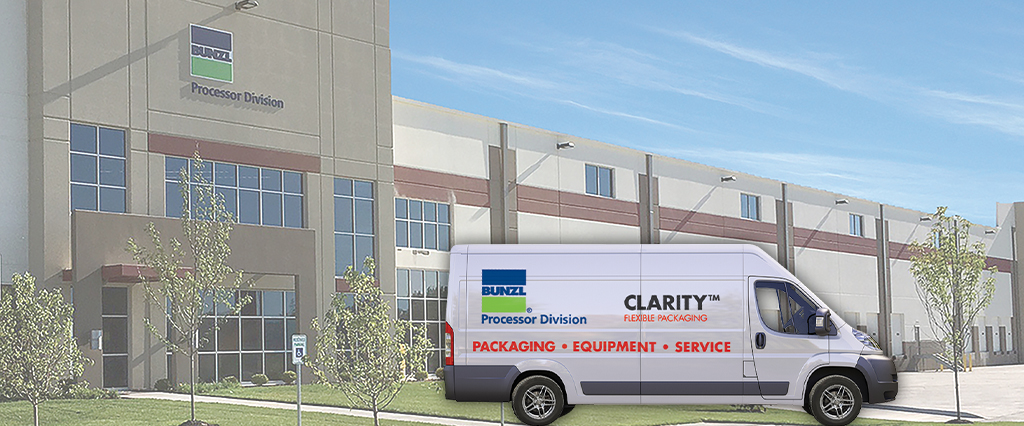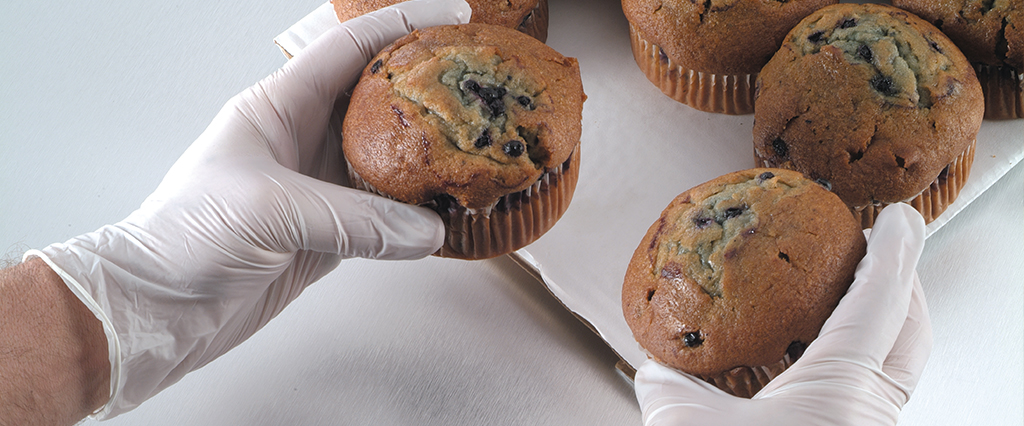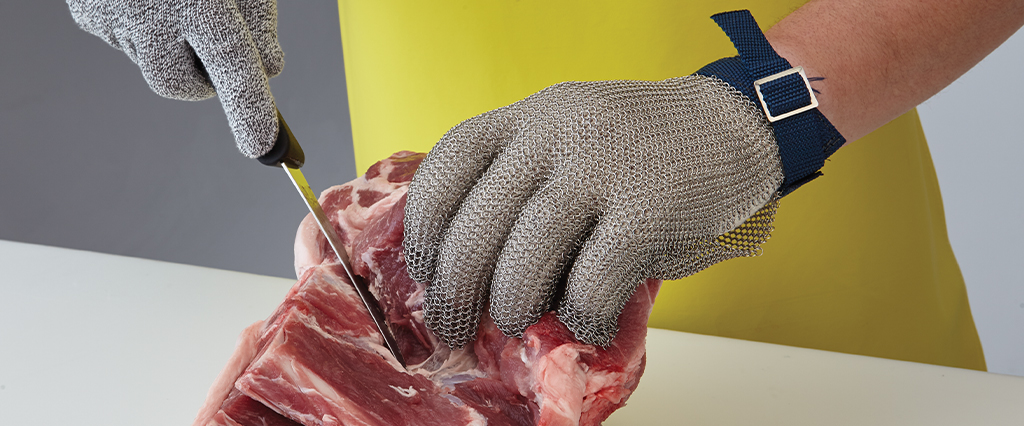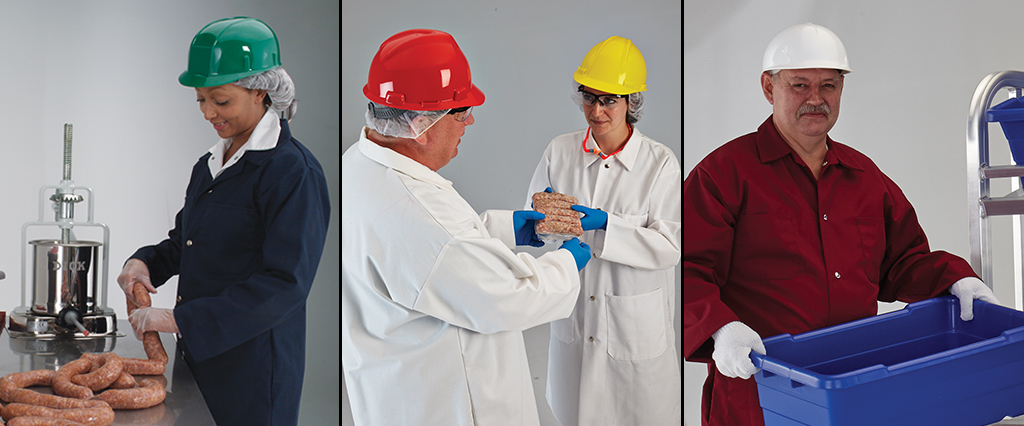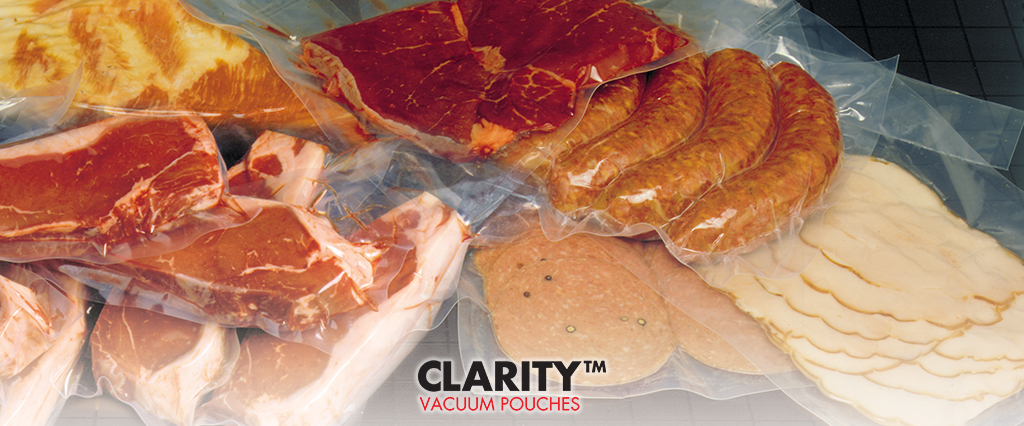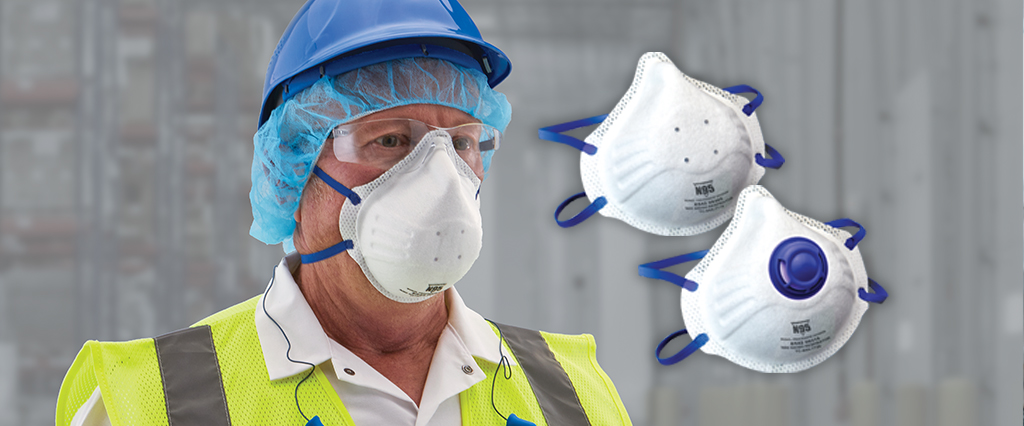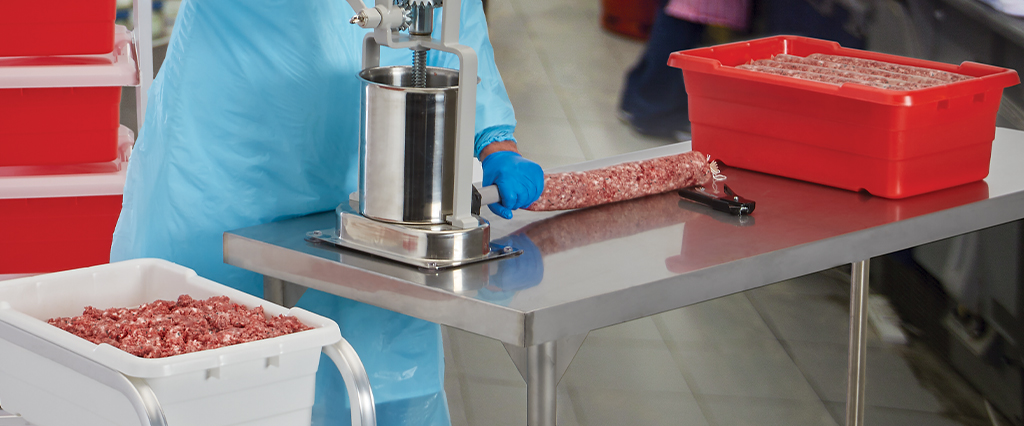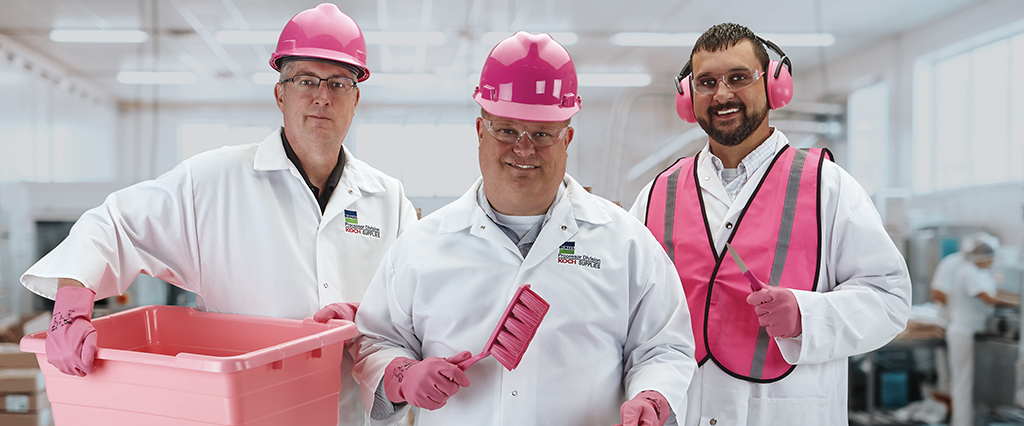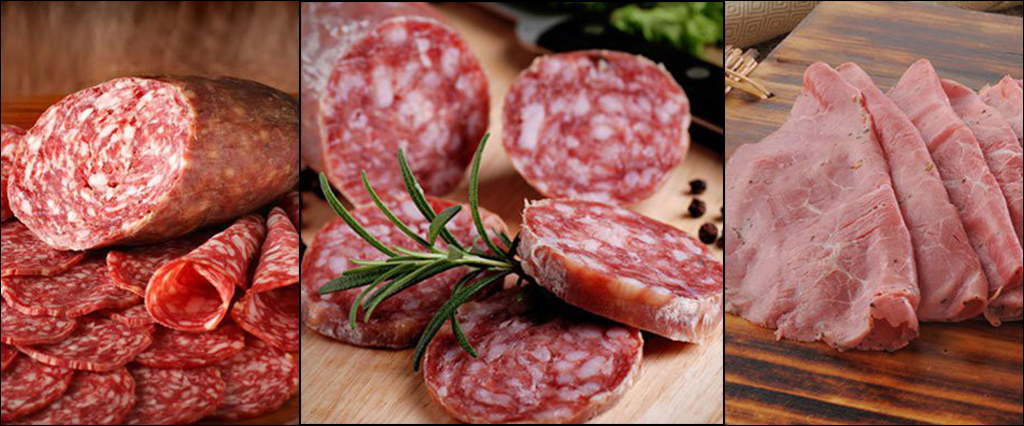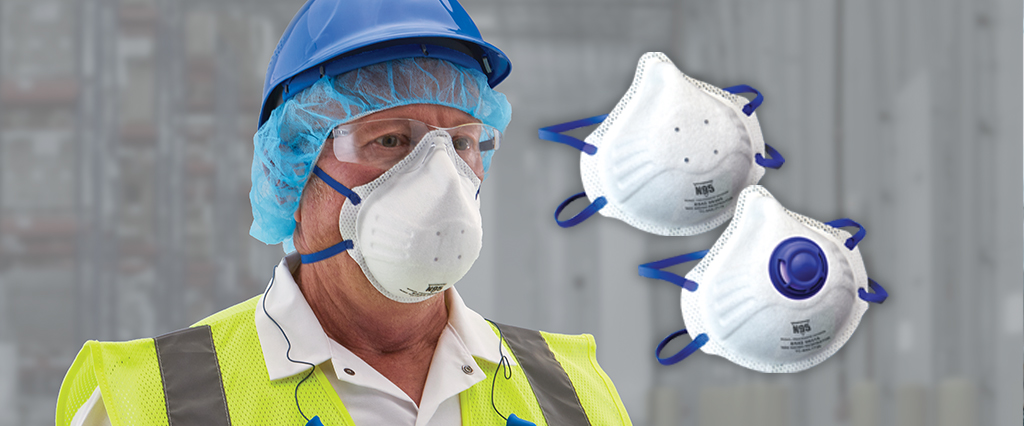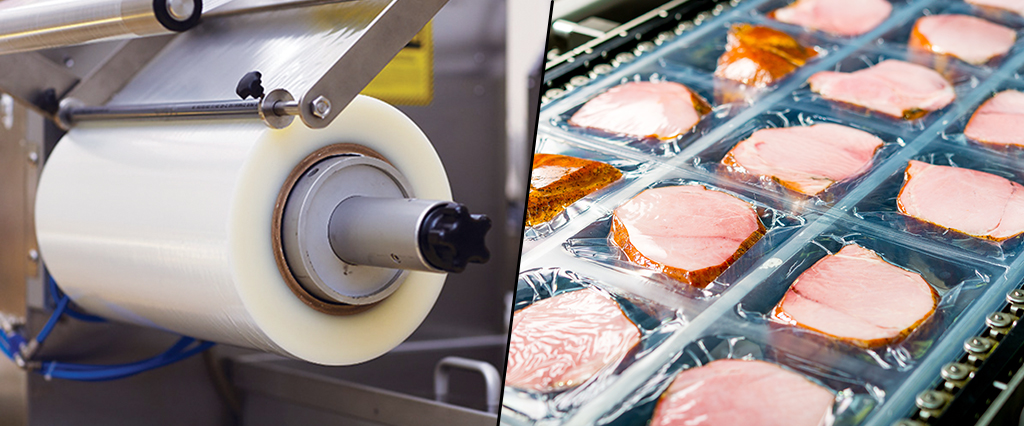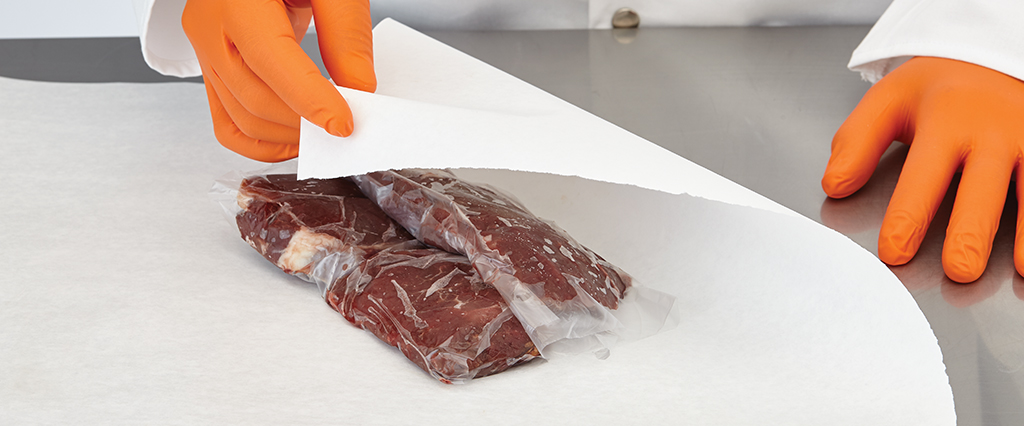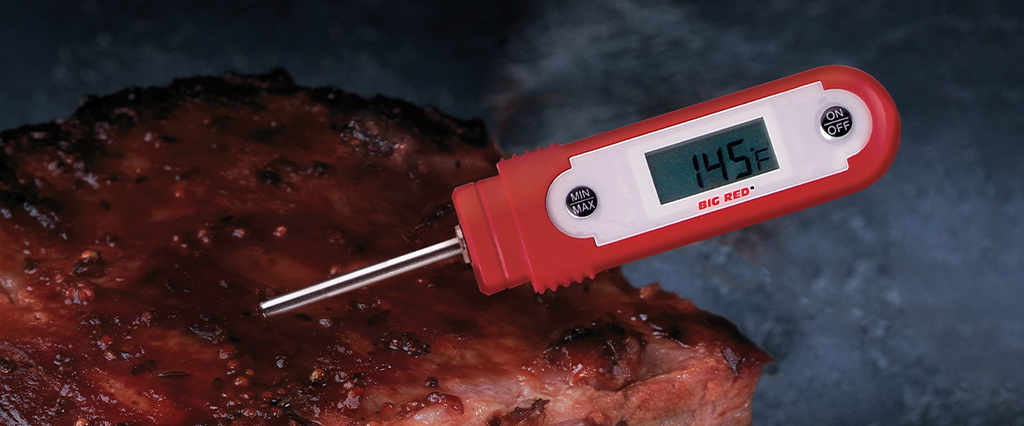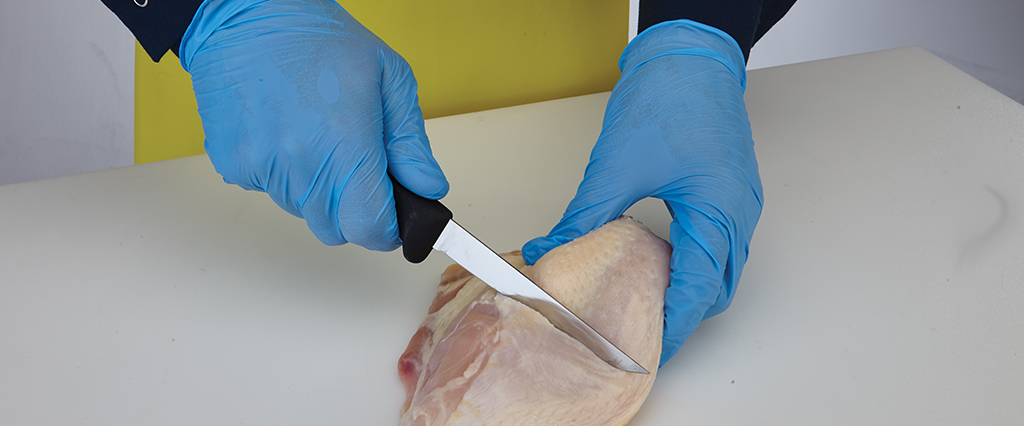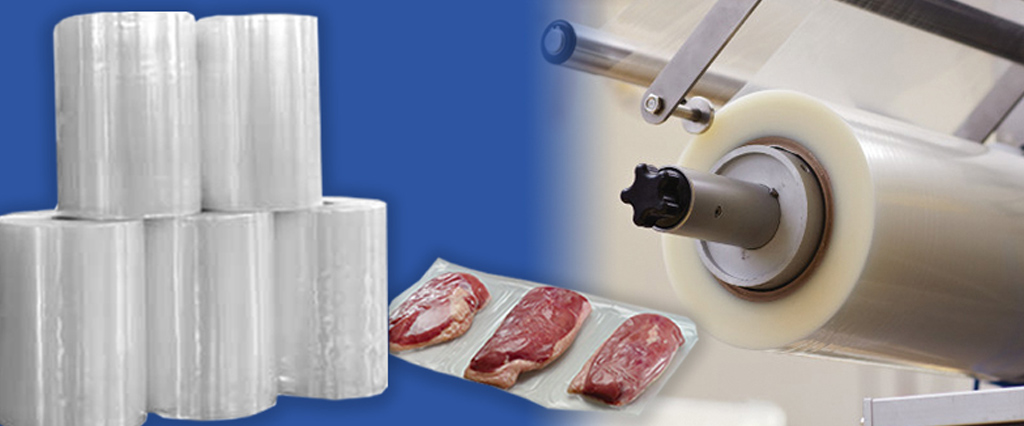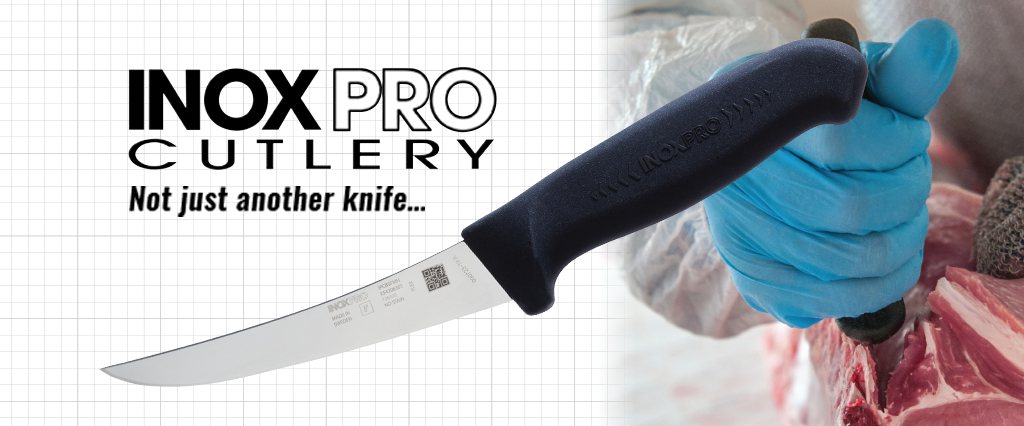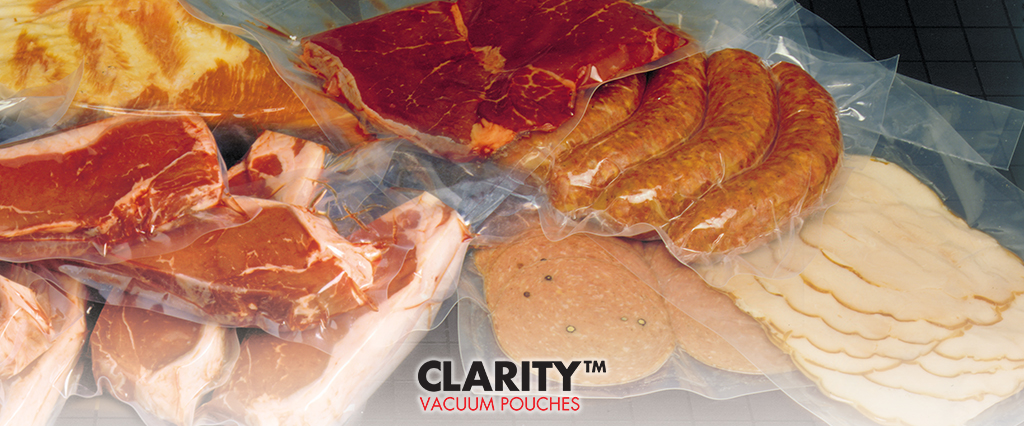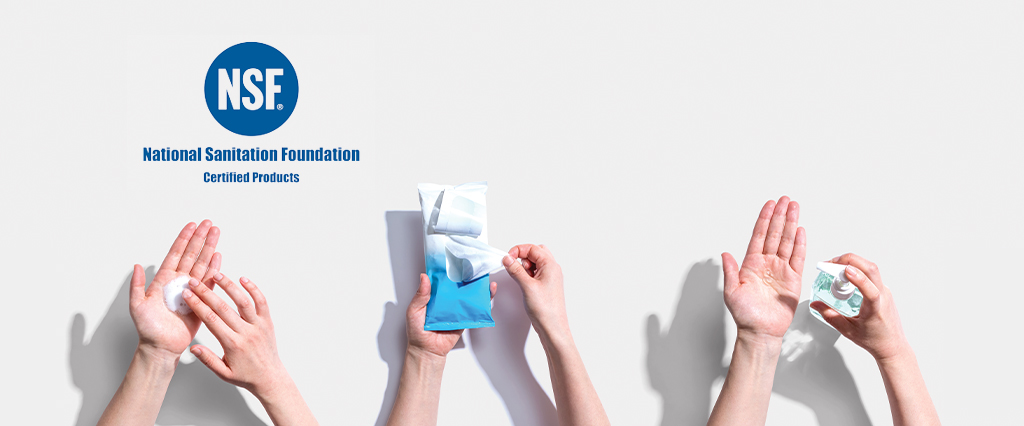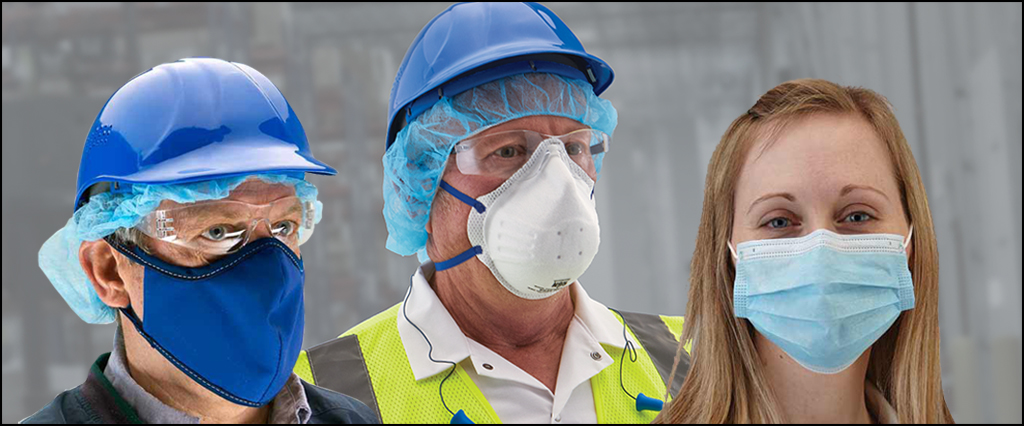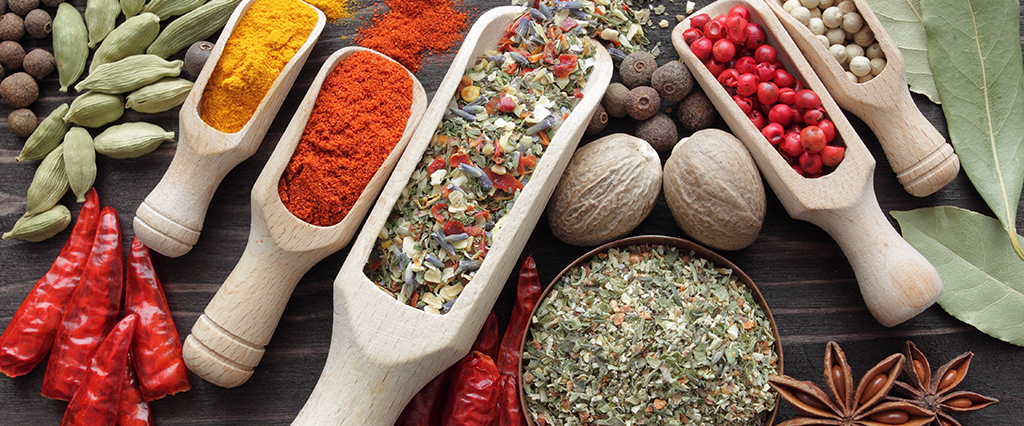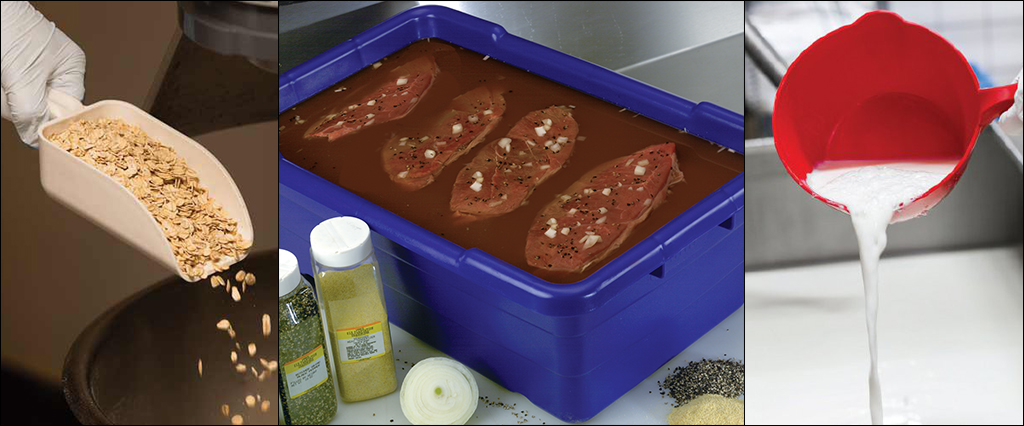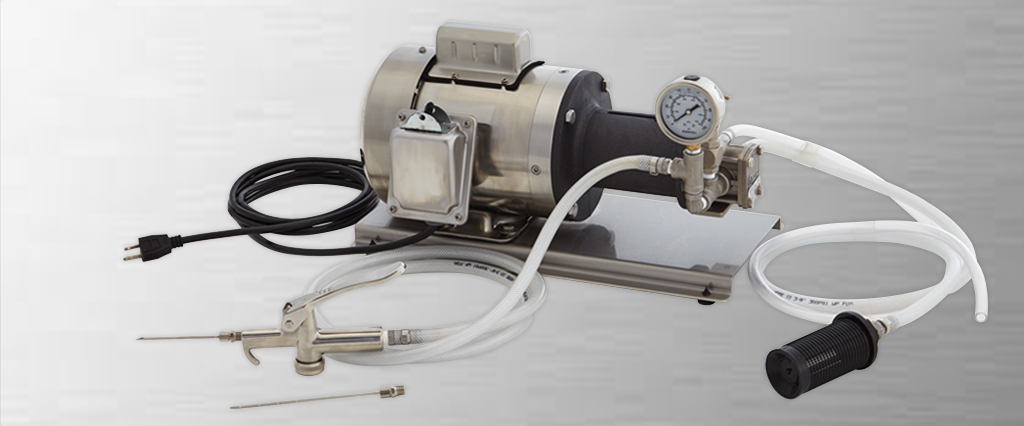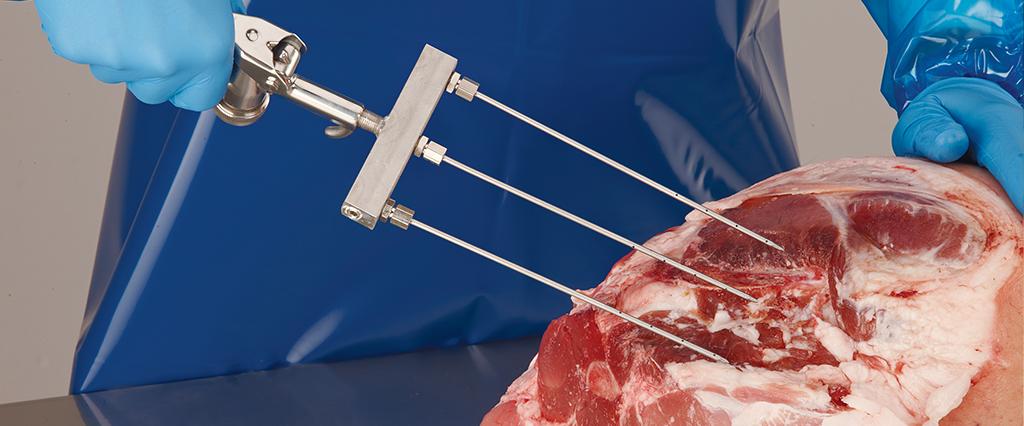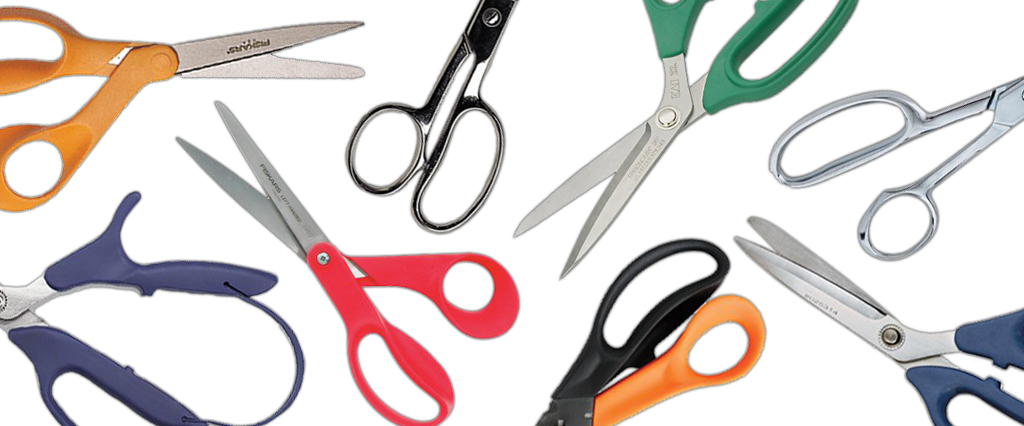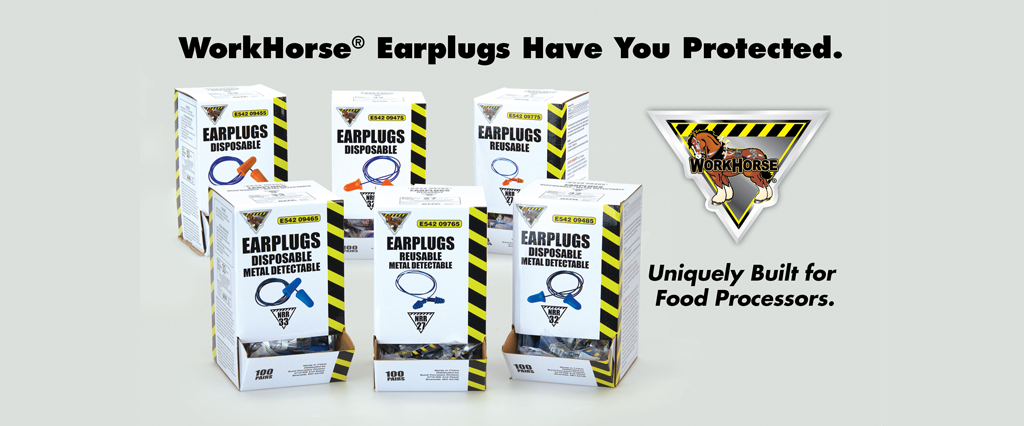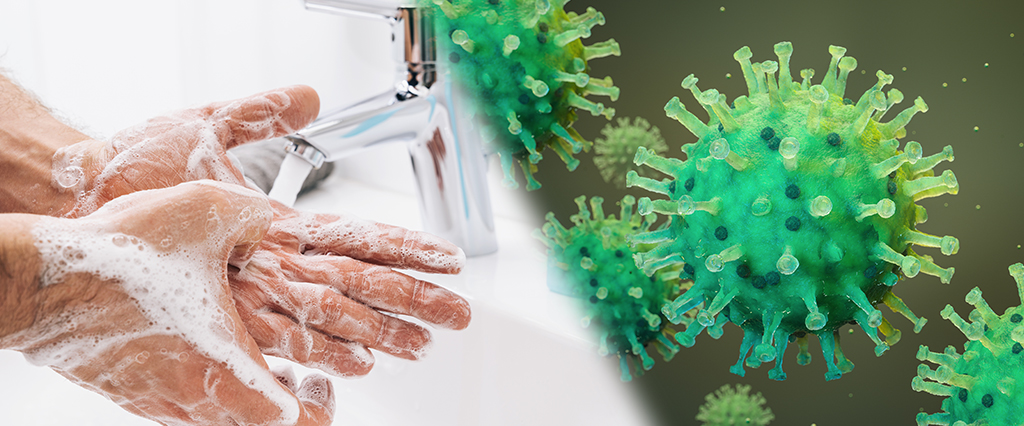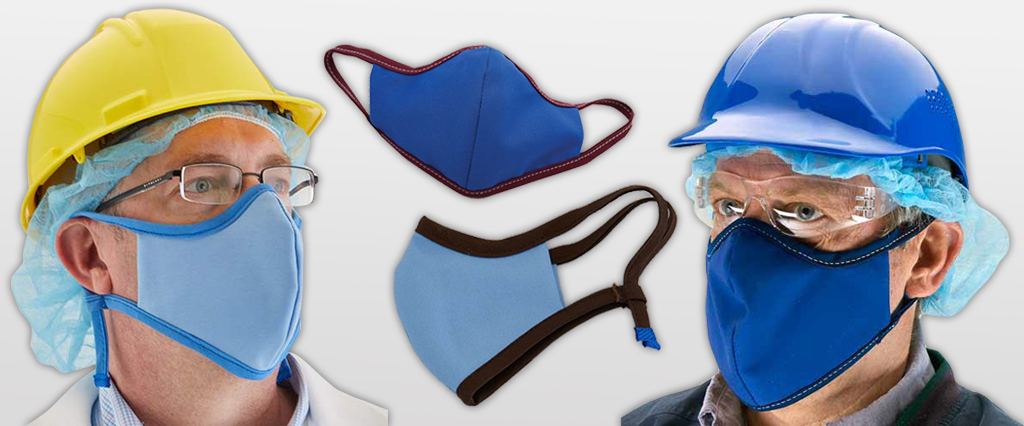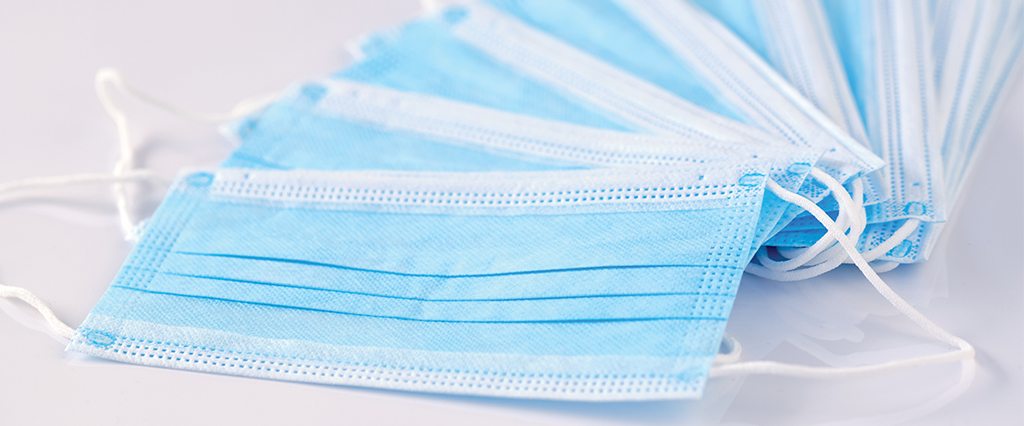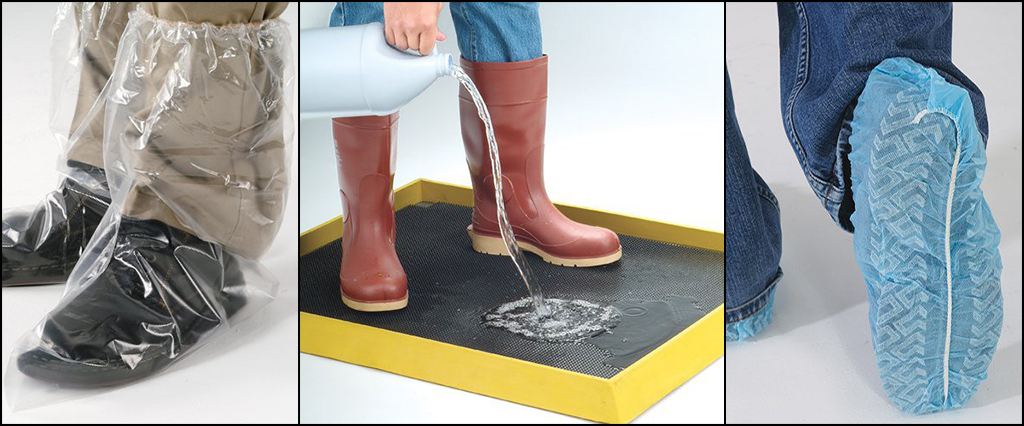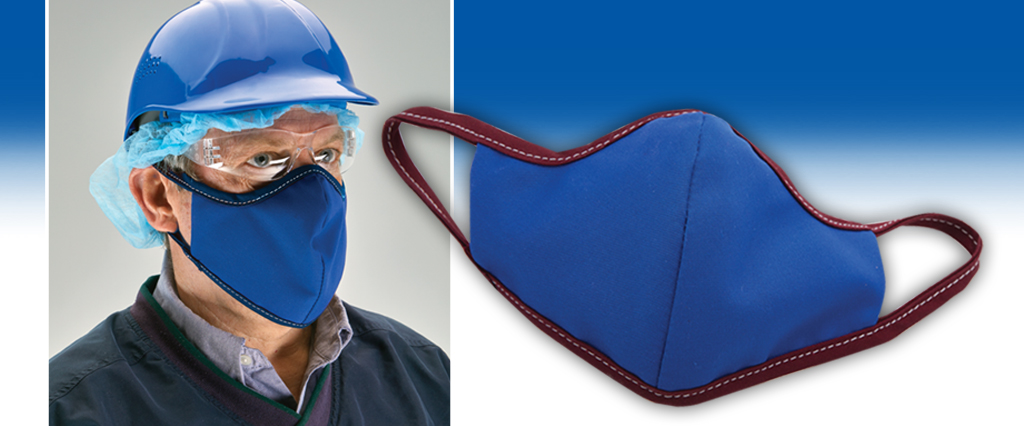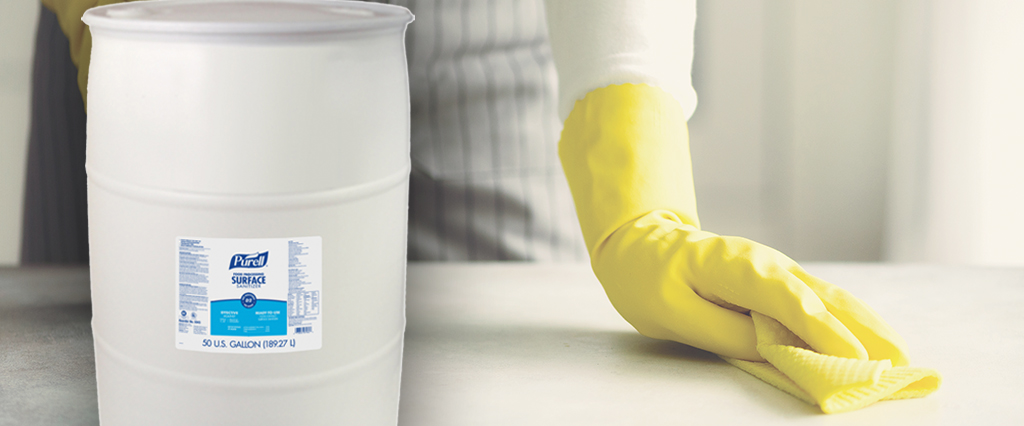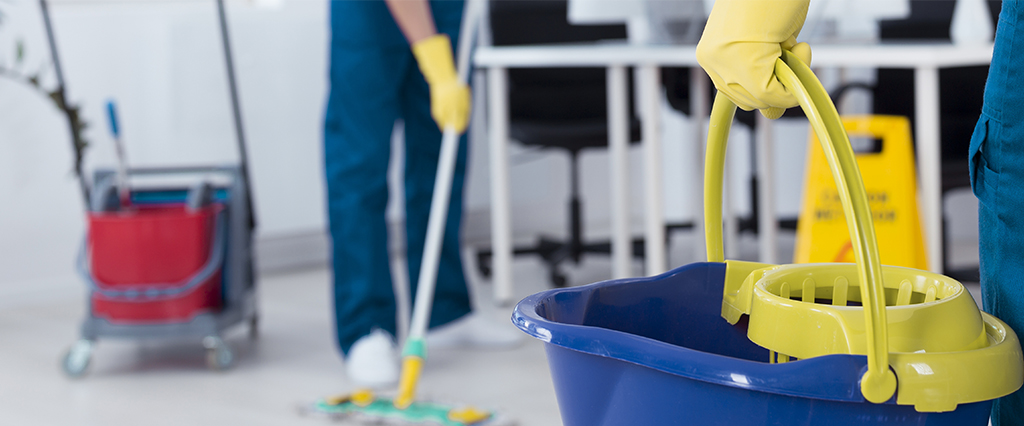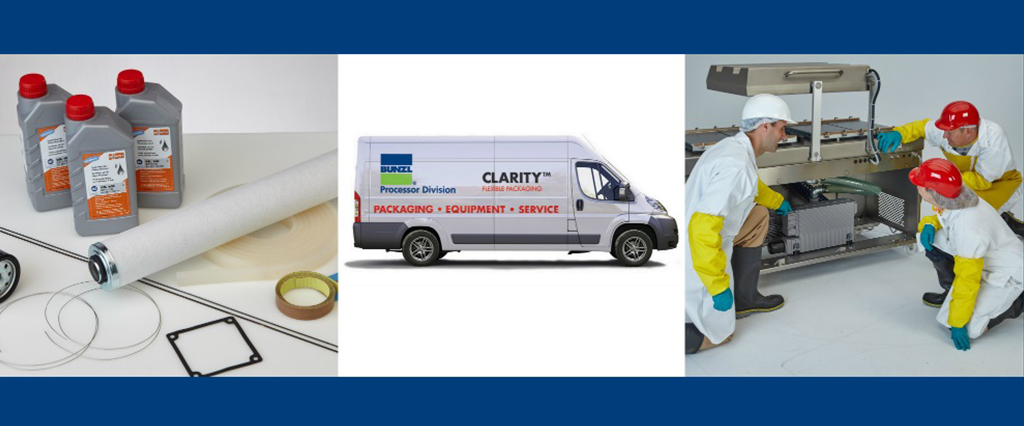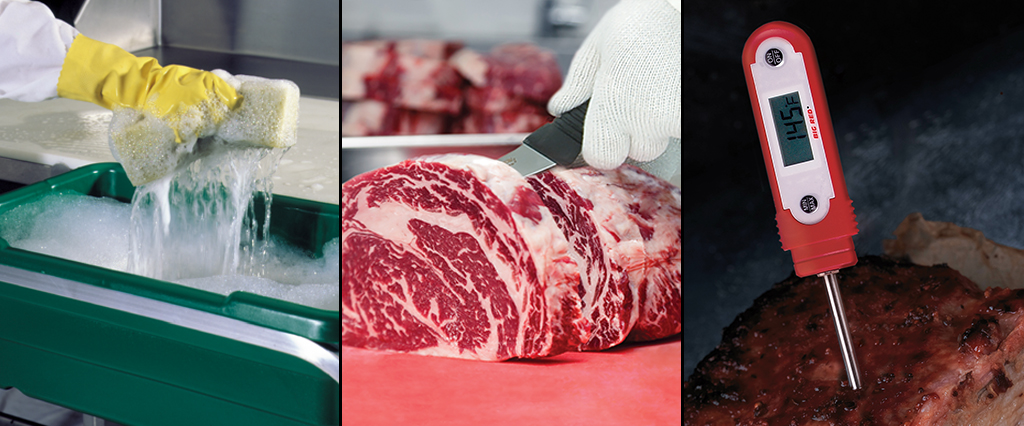
Food Safety for Illness Prevention
Food safety is a scientific discipline, establishing proper food handling, preparation and storage guidelines to prevent foodborne illnesses. Overlooking food safety practices can lead to food poisoning and other serious health consequences. However, there are four easy steps to help keep your workplace, your customers and your family safe from foodborne illnesses and contamination from other harmful bacteria.
Clean
Prior to handling food, ensure your entire work area is cleaned properly with warm, soapy water. This includes surfaces, utensils, cutting boards and your hands (Click here for proper hand washing techniques.) It’s important to repeat this step throughout your food preparation process, especially after handling meat, poultry and other foods at high risk for foodborne illnesses.
Separate
To avoid cross-contamination, raw meats and other meat products should be stored and prepared separately from other food to avoid contact and the spread of harmful bacteria. These foods should have their own dedicated cutting boards and utensils, which should be properly cleaned and removed from the work area when no longer in use.
Cook
This step is often overlooked, but is a crucial element of proper food safety. Use a food thermometer to test the internal temperature of meat, poultry and other high-risk foods. Trusting your eyes and experience to judge color and consistency isn’t fully effective, and could lead to food poisoning and other illnesses. Use the temperature guide below to confirm when your food has reached the correct internal temperature for safe consumption:
- Pork - 145°F
- Steak - 145°F
- Fish - 145°F
- Ground Meat - 160°F
- Poultry - 165°F
- Eggs Dishes - 160°F
After each use, be sure to wash the probe with hot, soapy water before reinserting into food.
Chill
Cover and refrigerate raw and prepared food promptly after use, as bacteria can begin to grow within 1-2 hours from preparation. When storing leftovers in the refrigerator, be sure to consume or discard within 4 days to avoid further bacteria growth, or store in the freezer if possible for extended protection.
Clean, Again!
Though you’ve made it through the core four steps for food safety, it’s important to re-visit Step 1 at the end. Make sure all surfaces, utensils, cutting boards and your hands have been properly washed with soap and water to remove any dirt, grime or remaining bacteria. All surfaces, especially those that have come into contact with meat or poultry, should be wiped or sprayed with a sanitizer to ensure ALL foodborne-illness causing bacteria is killed.
Keep these tips in mind for every food preparation, whether you’re making a small snack or a big holiday feast. For food safety products that help keep your workplace and kitchen protected against harmful bacteria, visit our website at www.bunzlpd.com or call us at 800-456-5624.


